Increasing Wine Production
The Wine Destemmer Market is experiencing growth due to the rising demand for wine production. As consumer preferences shift towards premium and artisanal wines, wineries are expanding their production capabilities. In 2025, the wine production volume is projected to reach approximately 300 million hectoliters, indicating a robust market for wine processing equipment. This surge in production necessitates efficient destemming processes to enhance wine quality and reduce labor costs. Consequently, the demand for advanced destemming machinery is likely to increase, driving the Wine Destemmer Market forward.
Rising Popularity of Craft Wines
The Wine Destemmer Market is significantly influenced by the growing popularity of craft wines. As consumers increasingly seek unique and locally produced wines, small and medium-sized wineries are emerging. These establishments often require specialized equipment to maintain quality and efficiency in their production processes. The craft wine segment is expected to grow at a compound annual growth rate of around 10% through 2025. This trend is likely to boost the demand for destemming machines tailored to the needs of smaller producers, thereby enhancing the overall market landscape.
Focus on Quality and Flavor Enhancement
The Wine Destemmer Market is increasingly driven by a focus on quality and flavor enhancement in wine production. Wineries are recognizing the importance of destemming in preserving the integrity of grape flavors and aromas. As consumers become more discerning, the demand for high-quality wines is expected to rise. In 2025, the premium wine segment is projected to account for over 30% of total wine sales, emphasizing the need for effective destemming processes. This trend is likely to encourage wineries to invest in advanced destemming equipment, thereby boosting the market.
Sustainability and Eco-Friendly Practices
Sustainability initiatives are becoming a pivotal driver in the Wine Destemmer Market. Wineries are increasingly adopting eco-friendly practices to appeal to environmentally conscious consumers. The demand for sustainable wine production methods is on the rise, with a significant portion of wineries aiming for organic certification by 2025. This shift necessitates the use of efficient destemming technologies that minimize waste and energy consumption. As a result, the market for sustainable wine processing equipment, including destemmers, is expected to expand, reflecting a broader commitment to environmental stewardship.
Technological Innovations in Wine Processing
Technological advancements play a crucial role in shaping the Wine Destemmer Market. Innovations such as automated destemming systems and smart technology integration are enhancing the efficiency and precision of wine production. In 2025, it is estimated that over 40% of wineries will adopt automated destemming solutions, reflecting a shift towards modernization in the industry. These technologies not only improve the quality of the wine but also reduce operational costs, making them attractive to producers. As a result, the demand for technologically advanced destemmers is likely to rise, further propelling market growth.


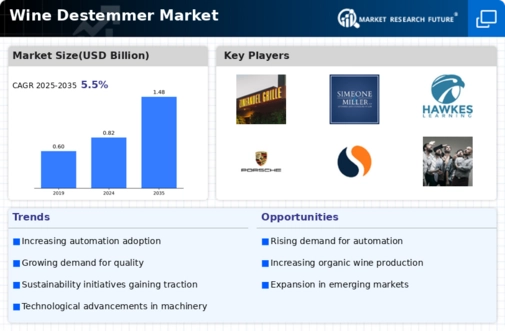


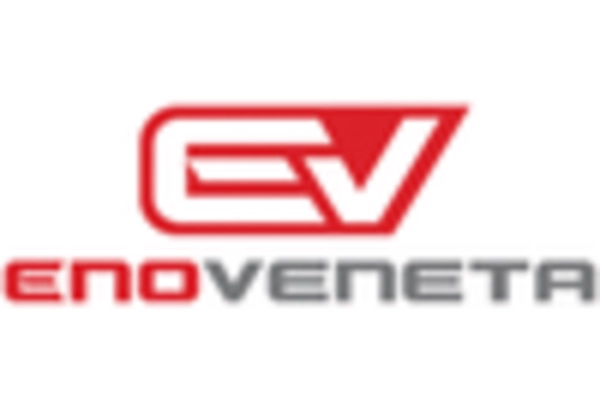
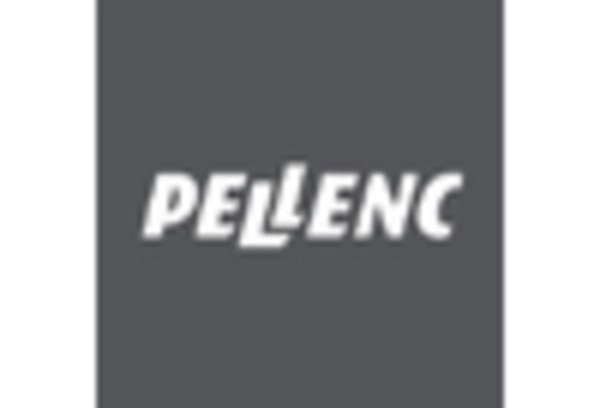
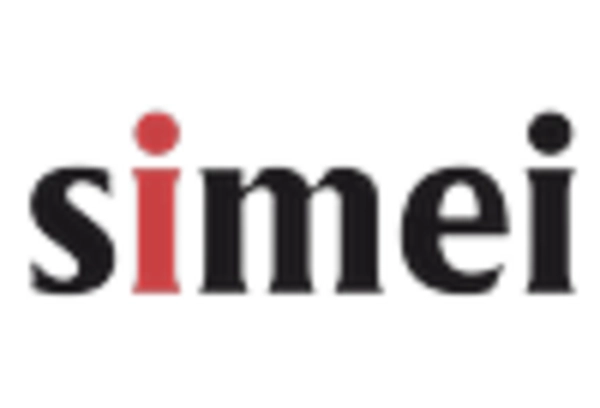
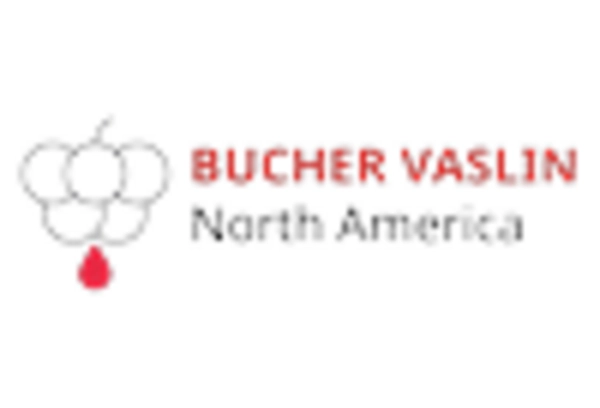








Leave a Comment